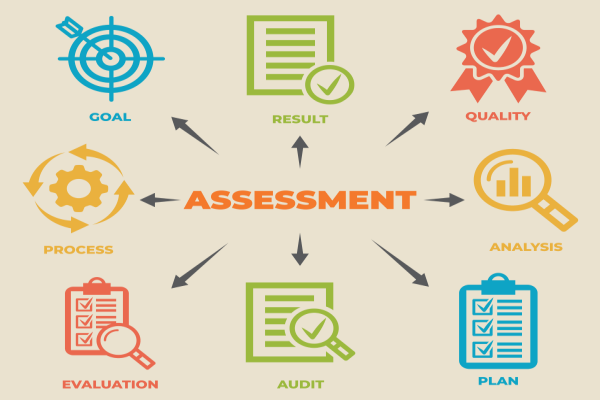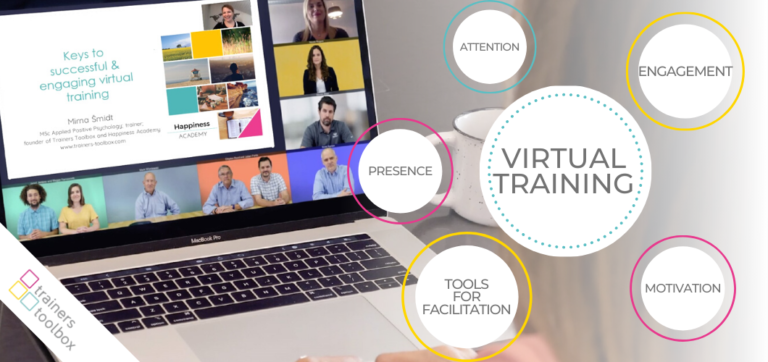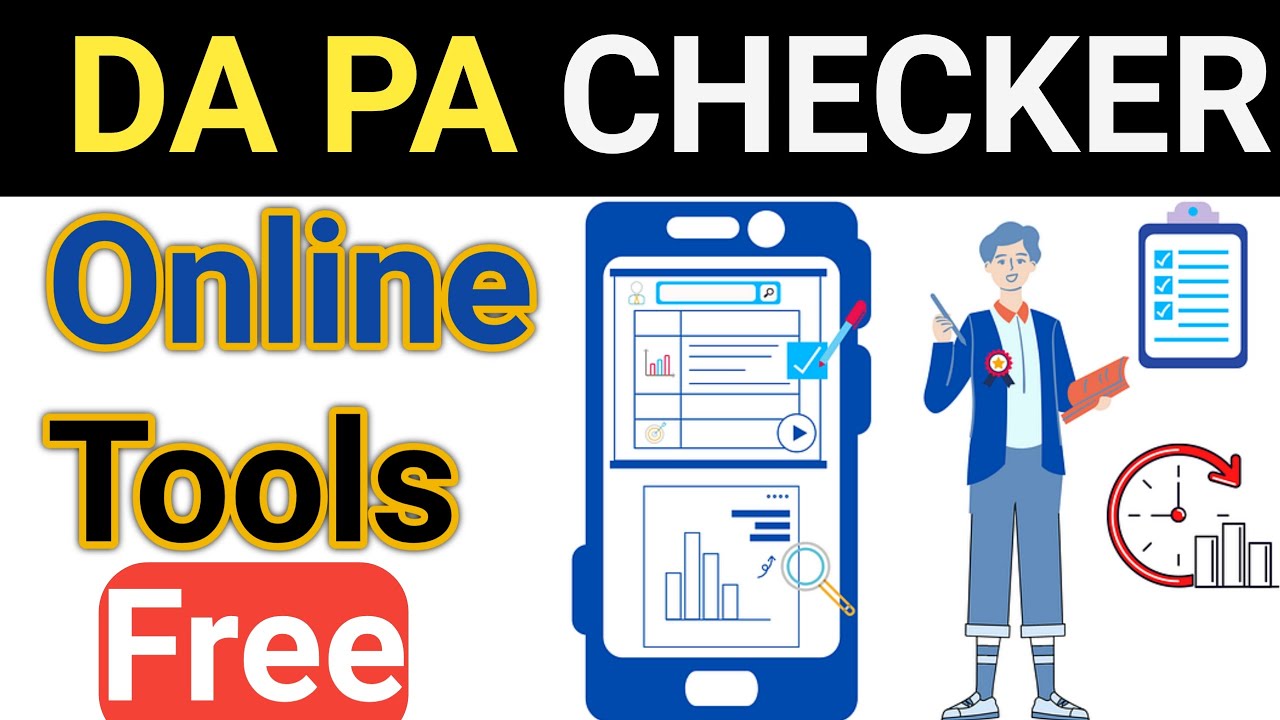
Free Online Assessment Tools for Teachers
Discover a wide range of free online assessment tools to streamline your teaching

As a seasoned educator, I know the power of formative assessment in shaping learning experiences. However, grading endless papers or creating quality assessments can be overwhelming. That's where free online assessment tools swoop in to save the day! These tools streamline the assessment process, offer valuable insights, and help engage students in their learning journey.
In this post, I'll share some of the best free online assessment tools that have transformed my classroom. Buckle up, fellow teachers; it's time to upgrade your assessment game!
The Transformative Power of Online Assessment Tools
Free online assessment tools are not just electronic substitutes for traditional paper quizzes. They offer a range of advantages that can fundamentally change how you approach assessment in your classroom. Let's explore these transformative benefits:
1. Real-Time Feedback and Formative Assessment:
- Immediate Insights: Students receive instant feedback on their answers, allowing them to identify areas of confusion and adjust their learning strategies. This closes the feedback loop, promoting self-correction and deeper understanding.
- Data-Driven Differentiation: Online tools often provide detailed reports on individual student performance, highlighting specific strengths and weaknesses. This allows you to tailor instruction, create targeted practice activities, and support struggling students more effectively.
- Personalized Learning Paths: You can design individual student learning paths based on assessment data. They can access additional practice modules and concept-reinforcing videos or challenge themselves with advanced materials, all driven by their needs.
2. Increased Student Engagement and Motivation:
- Gamification: Online assessments often incorporate game elements like points, badges, and leaderboards. This playful approach can transform assessments from a chore into an interactive learning experience, fostering healthy competition and boosting student motivation.
- Variety and Interactivity: Forget rows of multiple-choice quizzes! Online tools offer diverse question formats, including polls, drag-and-drop activities, open-ended responses, and video or audio recordings. This caters to different learning styles and keeps students actively engaged.
- Student Choice and Self-Directed Learning: Some platforms allow students to choose their response format or personalize quizzes to focus on specific areas of interest. This fosters a sense of ownership and accountability in their learning journey.
3. Effective Collaboration and Peer Assessment:
- Collaborative Learning Activities: Certain tools provide features for group quizzes or projects, promoting teamwork and communication skills. Students can work together on responses, learn from each other's perspectives, and strengthen their critical thinking abilities.
- Peer Assessment Opportunities: Well-designed online platforms can facilitate peer review activities. Students can provide constructive feedback on their peers' work, fostering critical thinking and honing their communication skills.
- Classroom discussions with Real-Time Polling: Use tools like Mentimeter for live polls to gauge understanding, spark discussions, and identify areas where the class needs more explanation.
Why Use Online Assessment Tools?

-
Time Savings & Efficiency: Online assessments with auto-grading (especially for multiple-choice, matching, and true/false) relieve you from tedious grading tasks. This allows you to focus on providing richer feedback, designing targeted interventions, or achieving a better work-life balance.
-
Instant Feedback & Data-Driven Instruction: Many tools give students immediate scores and, depending on design, even feedback on incorrect answers. This supports self-reflection and eliminates the long wait time students experience with traditional assessments. You also gain instant access to class-wide data, allowing you to pinpoint areas where most students struggled, rather than discovering these patterns days later when finally grading a pile of papers.
-
Student Engagement & Motivation: Interactive quizzes with game-like elements, multimedia integrations, and the ability to see their progress in real-time can motivate students. They may feel less intimidated than with formal paper tests, particularly those who struggle with test anxiety.
-
Differentiation & Personalized Learning: Several tools offer features like varying question difficulty, text-to-speech options, or customizable presentation styles. You can design assessments to accommodate learning needs or create personalized review sets using data from previous quizzes to help students master specific skills.
-
Promoting Student Self-Assessment: By embedding reflection questions and surveys and allowing multiple attempts, you can help students analyze their performance and learning processes. This fosters a mindset of growth and self-awareness, which is crucial for long-term success.
-
Eco-Friendly & Logistical Ease: Ditching stacks of paper assessments aligns with environmental consciousness and creates a less cluttered classroom. Plus, online assessments can be taken anytime and anywhere, offering flexibility for absent students or those who benefit from extra time.
Specific Use Cases
- Formative Assessment: Quick polls or short quizzes during a lesson to gauge understanding and adjust instruction on the spot.
- Homework Alternative: Students create practice sets or take interactive quizzes for self-study and to prepare for summative assessments.
- Gamifying Review: Turn review sessions into engaging competitions.
- Pre-Assessment: Discover your students' starting point at the beginning of a unit to tailor lessons to their current knowledge level.
Online assessment tools should be one piece of your overall assessment strategy. Combining diverse assessment methods provides the most comprehensive picture of student learning.
Top Free Online Assessment Tools: Your Teacher Toolkit

As a veteran educator, I understand the time pressures teachers face when conducting meaningful assessments alongside delivering engaging instruction. Free online assessment tools alleviate this burden, providing features that save time, increase student participation, and yield actionable data to inform your teaching.
Let's delve deeper into specific tools and consider use-case scenarios to maximize their impact within your classroom.
1. Google Forms
-
Strengths: Integrated with Google Suite, easy to build, versatile question types (multiple choice, short answer, file upload, etc.), data automatically collected in a spreadsheet.
-
Best for: Quick formative checks, surveys, feedback gathering, quizzes with basic needs, and exit tickets after lessons.
-
Teacher Tip: Use the "add-on" feature to explore tools within Forms that auto-grade even complex answers, or use 'Flubaroo' to supercharge your grading power.
2. Kahoot!
-
Strengths: Gamified quizzes with competitive leaderboards, high student engagement, great for reviewing content in a fun way.
-
Best for: Pre-assessments (seeing what students already know), whole-class review before tests, energizing a dull topic.
-
Teacher Tip: Utilize the "ghost mode" to have students play a prior Kahoot! Again, reinforcement helps them see where they need more study practice.
3. Socrative
-
Strengths: Offers 'quick questions' for on-the-fly checks, exit tickets, and immediate data visualizations for the class to discuss.
-
Best for: Gauging immediate understanding during a lesson, getting student feedback to adjust instruction in real-time.
-
Teacher Tip: The "Space Race" mode adds a team game approach that involves everyone but still provides individual data.
4. Edpuzzle
-
Strengths: Embed questions directly into videos (your own or those from platforms like YouTube), ensuring students engage actively while watching.
-
Best for: Flipped classroom model, homework reinforcement of concepts, providing differentiated support within one video.
-
Teacher Tip: Use the voice-over feature to add extra explanations or personalize the video for your students.
5. Quizlet
-
Strengths: Flashcards with various learning modes (matching, tests, etc.) and student-created sets allow for practice and collaboration.
-
Best for: Vocabulary building, memorizing key terms, can even be used for math fact fluency practice.
-
Teacher Tip: 'Quizlet Live' offers an in-class competitive team play option with a review of incorrect answers built right in.
6. Flipgrid
- Students record short videos responding to prompts, fostering discussion and authentic expression.
- Use Case: Oral presentations without the 'live audience' stress, language practice, or project showcases with peer feedback options.
7. Nearpod
- Design dynamic presentations with embedded polls, drawing activities, simulations, and formative checks.
-
- Use Case: Whole-group instruction with interactive elements, ensuring no student is passively 'checked out' during a lesson.
8. Quizizz
- Similar to Kahoot!, it features asynchronous independent work modes and detailed reports for targeted interventions.
-
- Use Case: Assign as homework for reinforcement or analyze student reports to identify those needing extra support.
9. Mentimeter
- Engage your audience with word clouds, open-ended responses, and interactive polls.
-
- Use Case: 'Check-ins' to gauge student mood, conduct brainstorming sessions, or get anonymous feedback on a lesson.
Important Note: Most tools have paid tiers for more features or storage. Always start with the free version and upgrade strategically as your needs grow!
Strategic Implementation: Maximizing Impact
Strategic implementation, transforming plans into results, is where the rubber meets the road. It's the difference between good ideas and tangible achievements. Here's how to maximize the impact of your strategic implementation efforts:
Key Components for Success
-
Clear Communication: Ensure everyone understands the strategy, their role in its execution, and how their individual work contributes to the bigger picture. Transparency and open communication channels are key.
-
Resource Allocation: Strategic implementation often necessitates reallocating resources. Prioritize wisely, provide necessary training, and equip your teams with the tools, technology, and support they need to achieve the goals.
-
Accountability Structures: Establish measurable milestones and clear deadlines and assign clear ownership of tasks. Regular progress reviews and check-ins keep projects on track and identify potential roadblocks early.
-
Defined Metrics: Decide how you'll measure success from the outset. These key performance indicators (KPIs) guide adjustments, resource allocation, and the celebration of wins.
-
Adaptability: Even the strongest plans require flexibility. Build in mechanisms for feedback, course corrections, and the ability to pivot in response to changing circumstances or unexpected insights from your data.
-
Leadership Commitment: Leaders who champion the strategy and model the desired behaviors inspire buy-in from the team. Consistent visibility and involvement signal the importance of strategic implementation.
Pro-Tips For Maximizing Success
- Break Down Silos: Ensure cross-departmental communication and collaboration for an integrated approach to strategy execution.
- Celebrate Milestones: Acknowledging progress boosts morale and provides motivation throughout the implementation process.
- Involve Stakeholders: Input from key stakeholders – employees, customers, partners – during the implementation phase can improve the plan and increase buy-in.
- Fail Fast, Fail Forward: Foster a culture encouraging experimentation and calculated risks. Analyze failures for valuable lessons and iterate rapidly based on those insights.
Common Challenges & How to Overcome Them
- Resistance to Change: Communicate the reasons for change, celebrate small wins, and provide training for those facing new processes.
- Lack of Clarity: Ensure the 'why' of the strategy is clear alongside the 'how.' Regularly revisit the vision at team meetings to maintain alignment.
- Inconsistent Metrics: If metrics aren't defined or tracked, it's impossible to demonstrate progress or pivot when needed. Determine early on how you will measure success.
- Resource Constraints: Anticipate resource needs and proactively reallocate budgets, time, and personnel to avoid bottlenecks.
Conclusion
Free online assessment tools are game-changers in the modern classroom. They promote efficiency, engagement, and data-driven instruction. Experiment with different platforms, discover what works best for you and your students, and watch your classroom come alive with more focused and meaningful learning.

IMOH JAPHET
CEO / Editor
Imoh Japhet is a multi-talented Tech-Pro with passion for web development, Mentoring, Customer Satisfaction, and Content Creation. His decade of experience led to Tool4SEO.com; a free online Toolkit built to help you simplify web development, daily tasks and content creation.








